How Getting a Good Night’s Sleep Can Help Your Hearing Health

The average healthy adult needs between seven and eight hours of sleep a night. Unfortunately, it’s extremely common to miss a good night’s sleep. From staying up late binging movies to getting up too early for work, people frequently receive fewer hours than they need. A lack of sleep can lead to poor physical and mental health…
Here’s How Hearing Aids Use New Technology to Help You Hear Better in Crowds
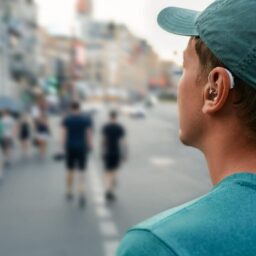
Whether at a ballgame, rushing through a busy airport or having dinner with friends at a popular restaurant like Horse in the Alley, crowds can make it difficult to decipher speech and other sounds, especially if you have hearing loss. The good news? Hearing aids are utilizing cutting-edge technology to make listening in busier environments easier than ever…
How To Have the Best Experience on Public Transportation with Hearing Loss
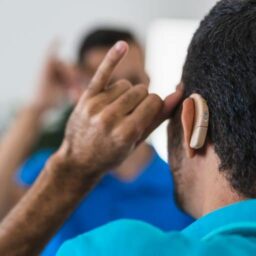
Public transportation is a cost-effective option if you need to get around town. However, if you’reone of the approximately 15% of American adults (37.5 million people) aged 18 and over who reports some trouble hearing,according to the National Institute on Deafness and Other Communication Disorders, you may be wondering how to navigate your trip. In…
When—And When Not—to Wear Your Hearing Aids
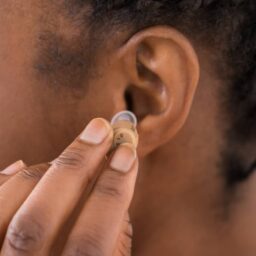
The National Institute on Deafness and Other Communication Disorders reports, “About 28.8 million U.S. adults could benefit from using hearing aids.” If you have already made the investment in hearing aids and are wondering how to maximize your benefit, it’s important to know when you should and should not wear them. We answer this question…
Enjoy These Activities More With Hearing Aids

Hearing loss can put a damper on your favorite activities. The good news is that hearing aids can help make them more enjoyable. Staying Physically Active Regular physical activity is essential for staying healthy and independent, especially as you age. Hearing aids make it easier to engage in physical activity because they help make you feel more balanced…
How Your Hearing Loss Can Affect Your Immediate Family

Untreated hearing loss can lead to a lot of negative consequences. It can affect your performance at work, make it harder to carry on conversations with loved ones, and even worsen your mental and physical health. However, research shows that people with hearing loss aren’t the only ones negatively affected by their condition. Family members,…
How To Choose a Cell Phone When You Have Hearing Aids
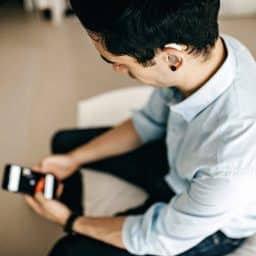
Both cell phones and hearing aids have the overlapping goal of helping you stay connected to those you love. If you have hearing aids, you want to make sure your cell phone is compatible with your device so that you can experience the highest quality sound during your calls, no matter where you are. Are…
Ways to Support a Coworker with Hearing Loss
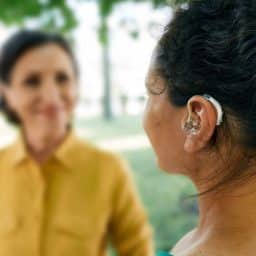
The National Institute on Deafness and Other Communication Disorders reports, “Approximately 15% of American adults (37.5 million) aged 18 and over report some trouble hearing.” Based on this statistic, chances are you have at least one coworker who experiences hearing loss. In this post, we review ways to support a coworker with hearing loss. Include…
How To Prevent Hearing Loss While Riding Motorcycles

When it comes to motorcycles, everyone knows how important it is to wear protective gear like helmets when riding down the Angeles Crest Highway. However, what’s not discussed as much is how important it is to protect your ears and take steps to prevent hearing loss while riding motorcycles. How Loud Noise Can Damage Your…
Don’t Overlook These Signs of Hearing Loss
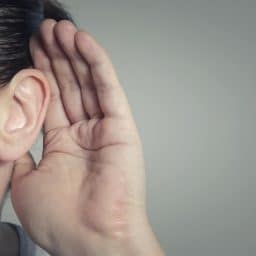
Aging is one of the most common causes of hearing loss. Most cases of age-related hearing loss come on gradually, and many people can easily ignore some of the early signs. However, the earlier you can get tested and treated with hearing aids, the better it is for your hearing health. Here are five signs…